Mathematics
Mrs Robyn Wilson - MaST - Mathematics Specialised Teacher
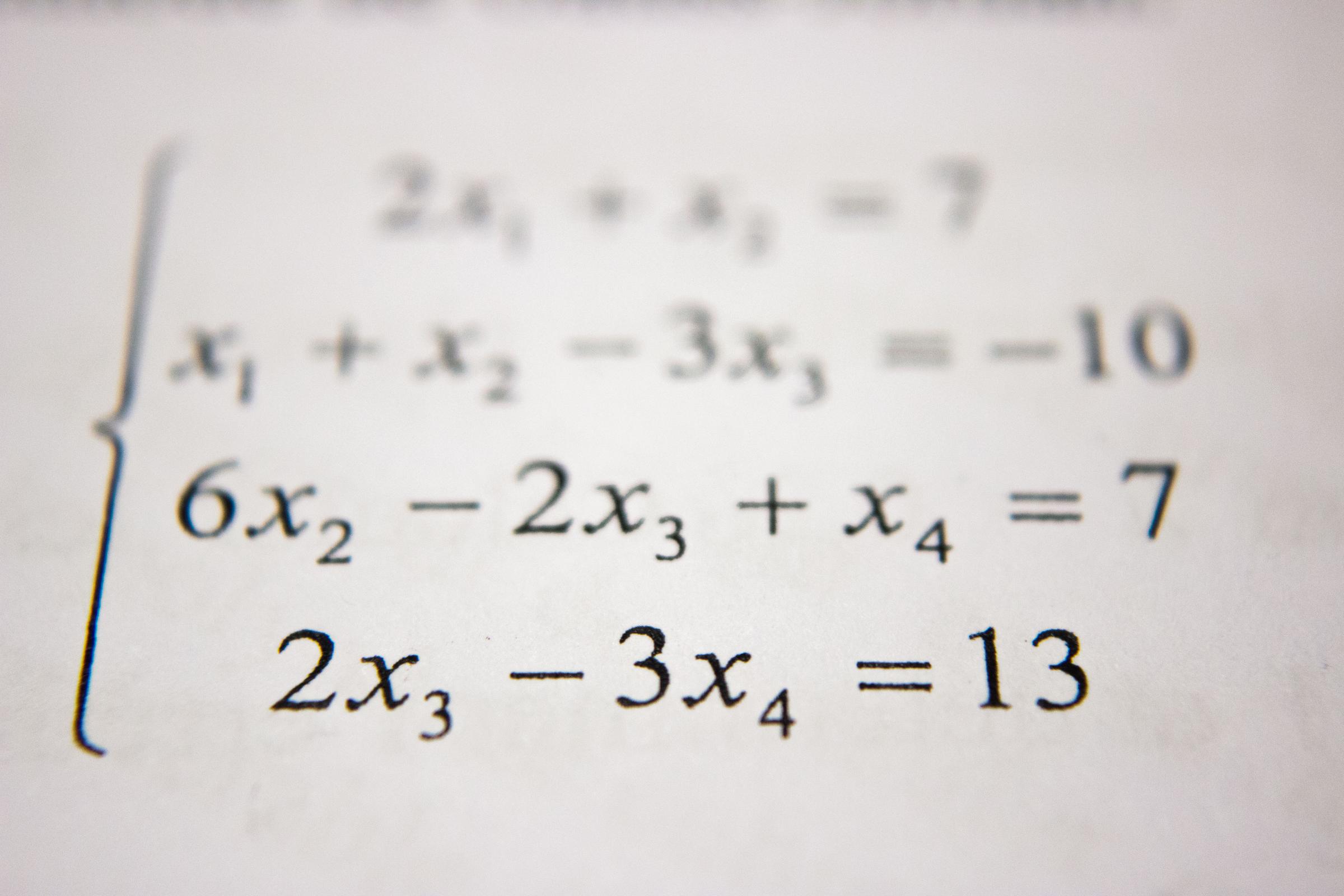
Mathematics
Mrs Robyn Wilson - MaST - Mathematics Specialised Teacher
At St Joseph's we use the gradual release of responsibility model of teaching. This approach to teaching is centered around the idea that a teacher will model a skill or strategy for a few minutes, briefly allow students to practice with some support, and then release the students to begin practising on their own.
In Stage 2 and 3 while the teacher is doing the morning roll students are doing their times tables.

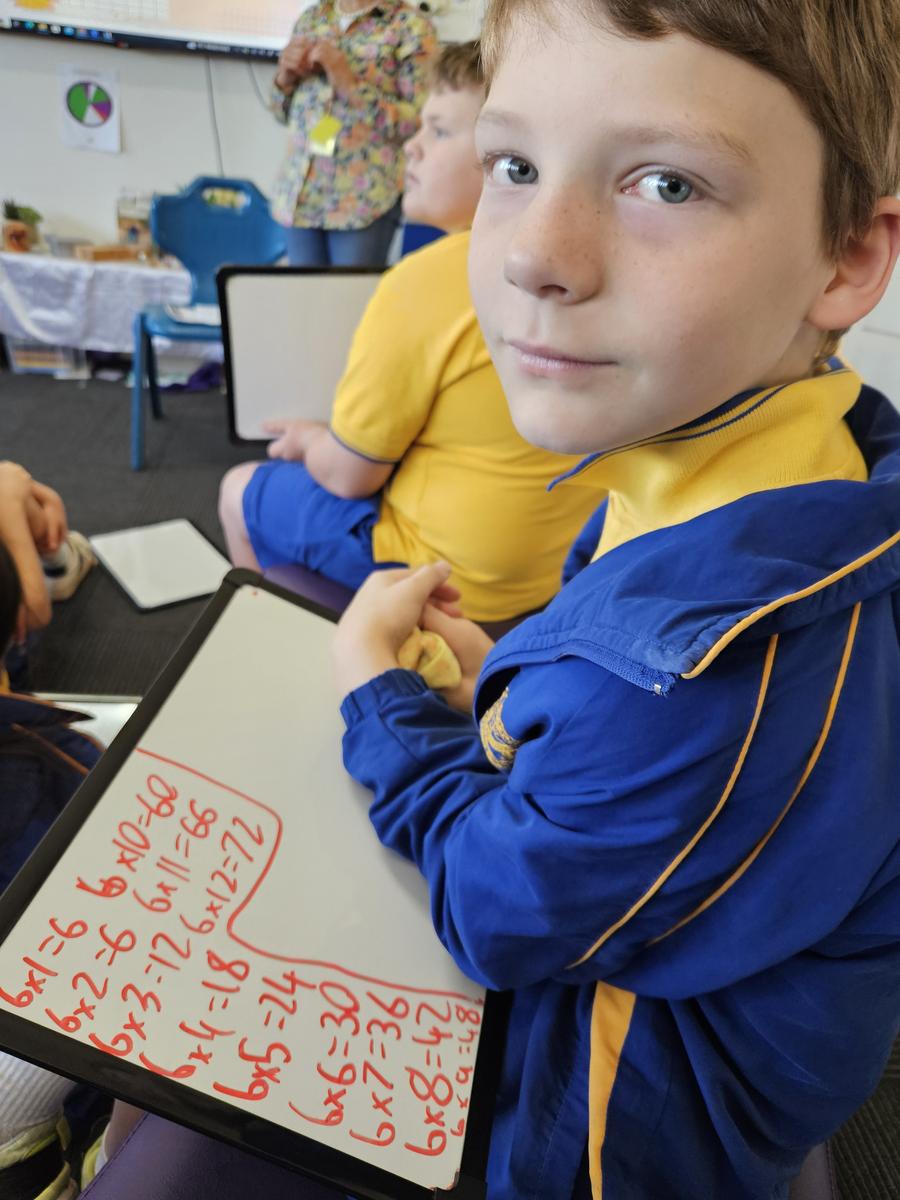




Warm-ups are used in our maths classroom to get the students thinking in preparation for the lesson. Warm-ups are purposeful, easy to start and take ten minutes or less. They are always meaningful and engaging. Below we can see Stage 1 using their whiteboards to answer some quick math questions so that they remember what they have learned previously.




We also use warm ups to refresh the learning that we are doing that week. See below Stage 2 is using whiteboards to answer some quick questions about calendars.
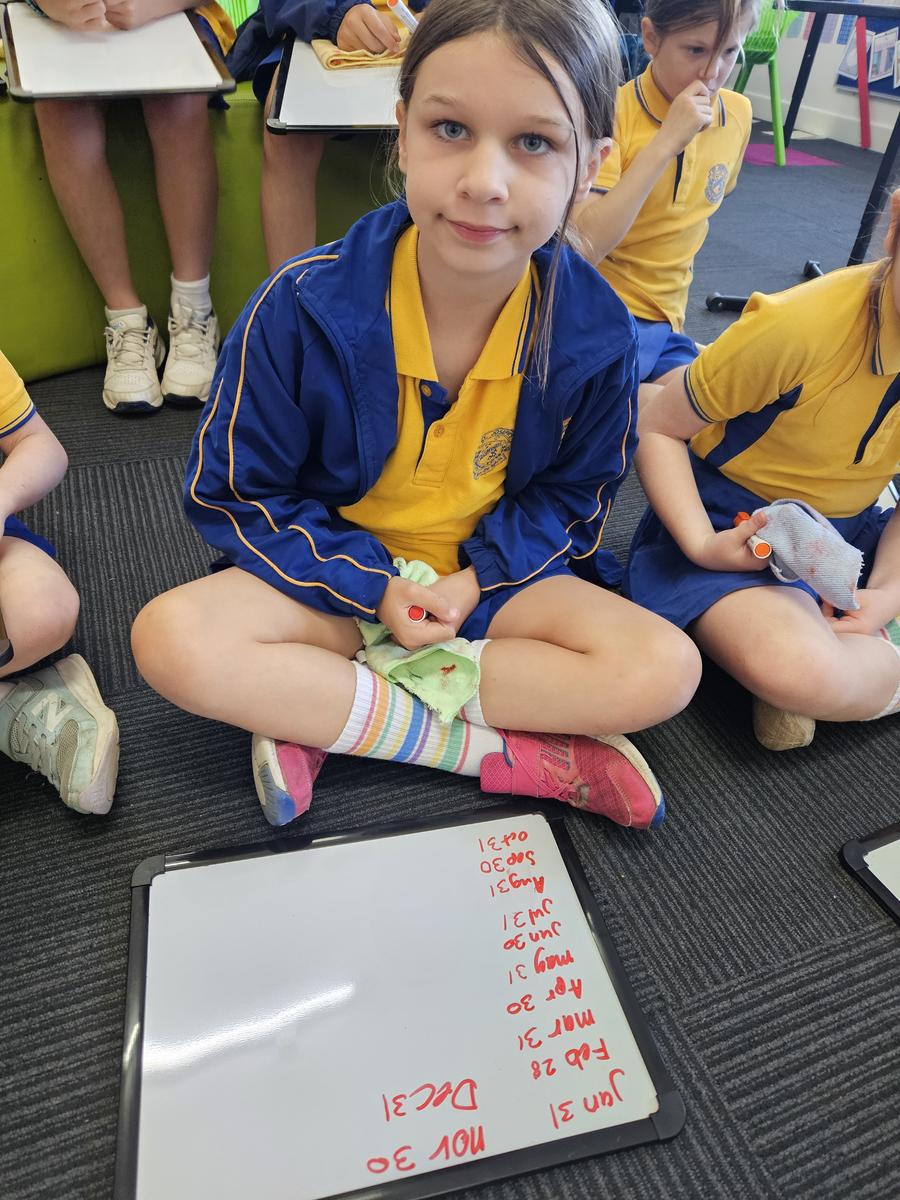



Explicit, or direct, instruction is a teacher-directed teaching method. The students sit at the front of the classroom and the teacher gives explicit, guided instructions to students.
Below you can see Stage 3 learning about data and graphs.
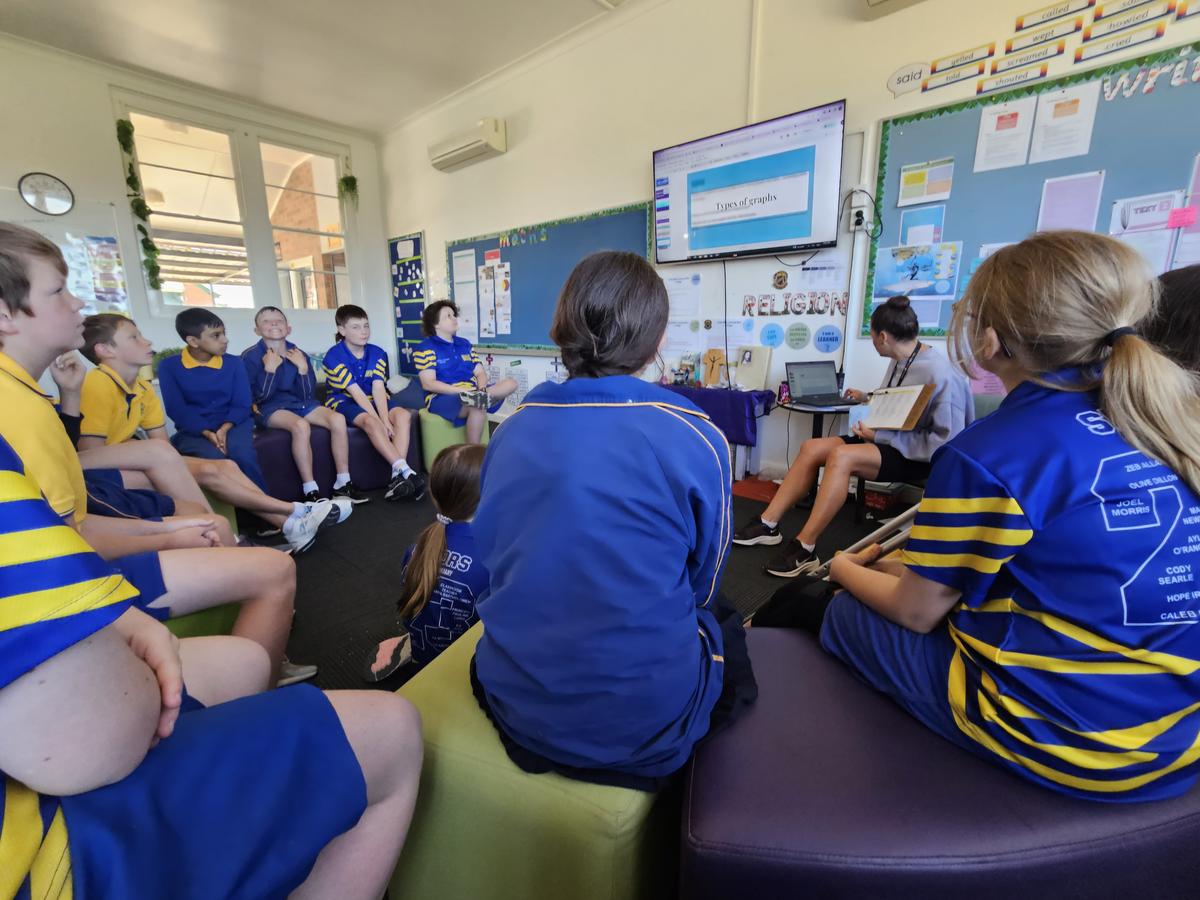
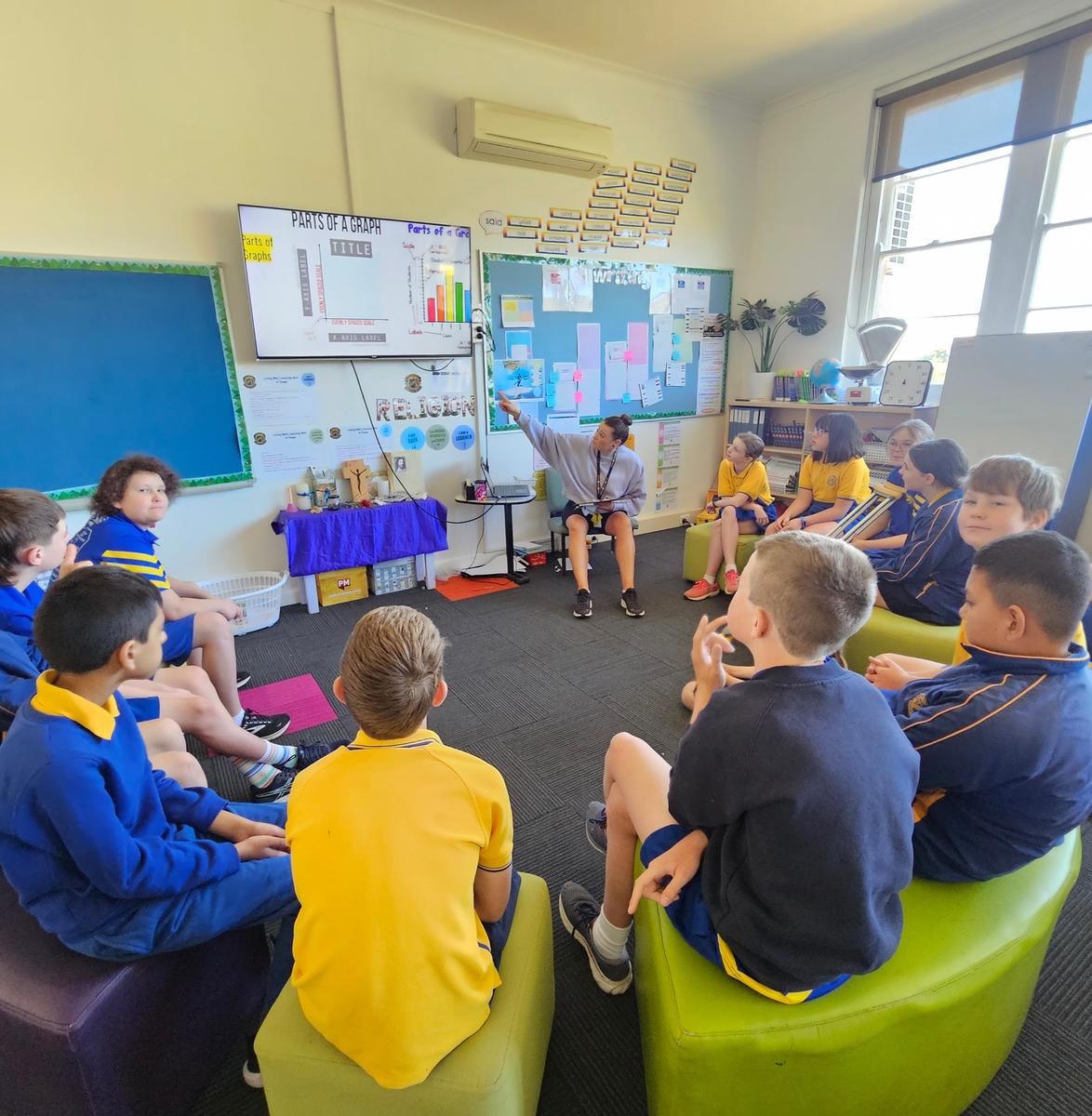


At this stage the teachers do a lot of hands on activities and they work closely with students. This is a time to support the students and allow them to practise the skills of the new concept/topic. It also gives them time to apply their thinking to develop their own knowledge and understanding.
Below you can see Stage 2 students practising time using the clocks. They are still at the front of the room with the teacher.
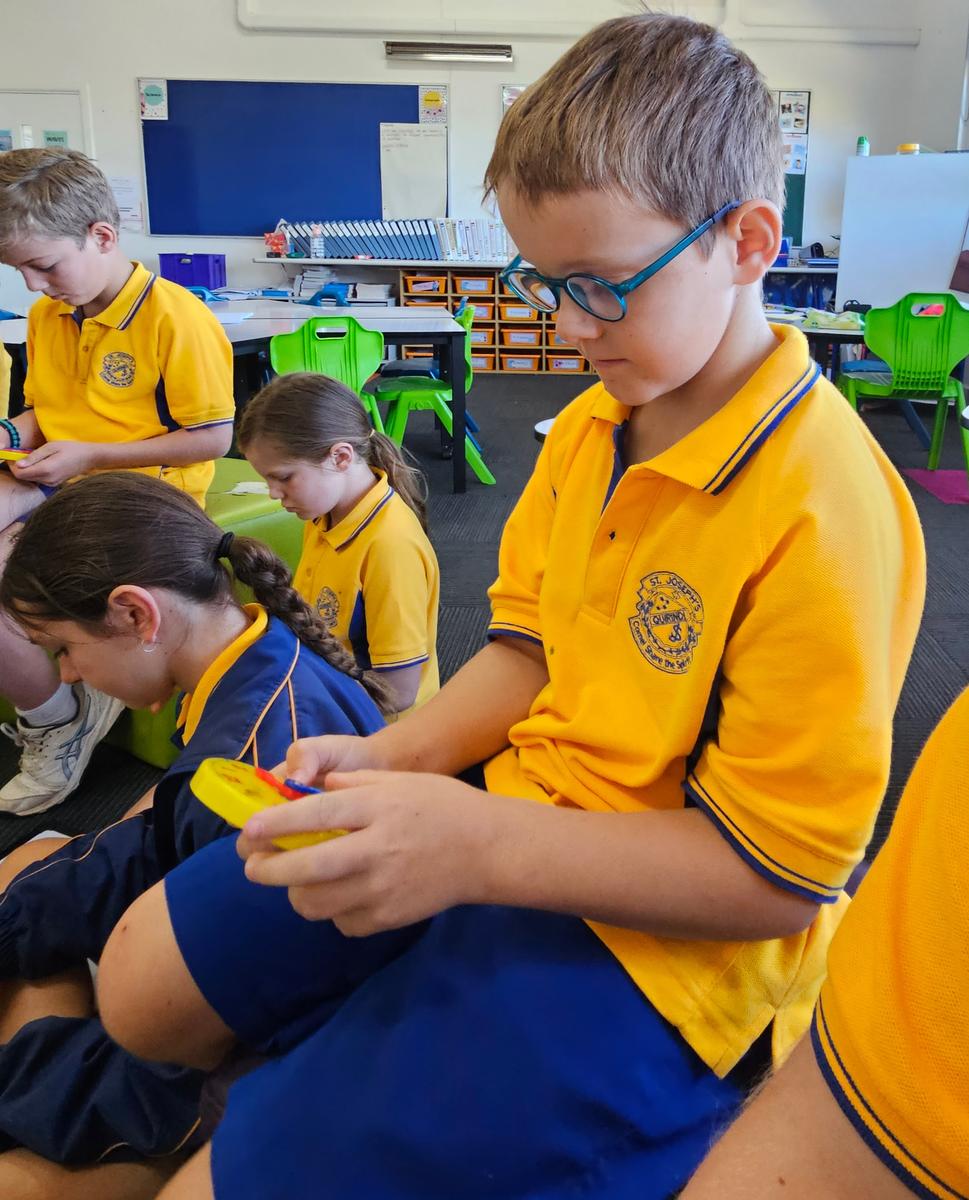
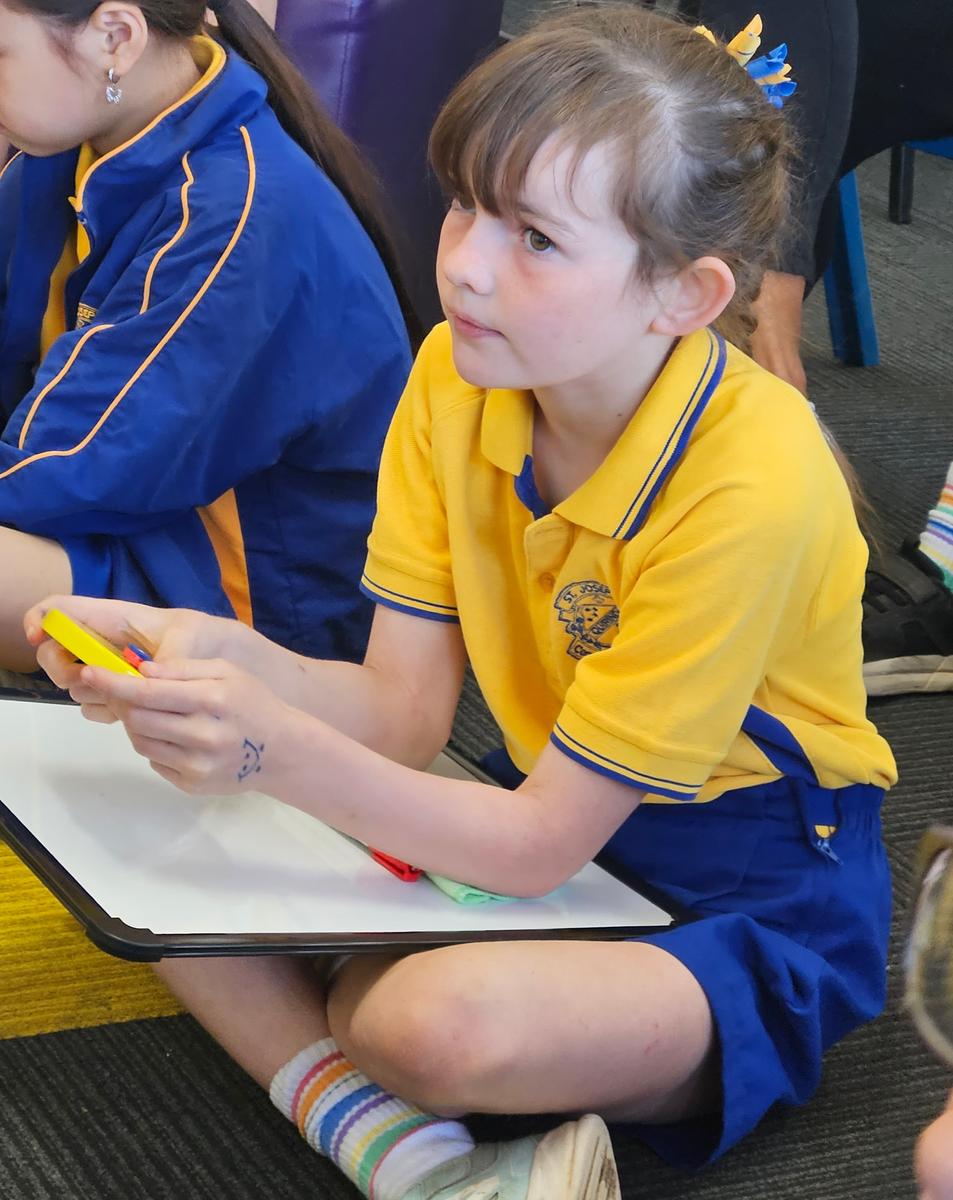
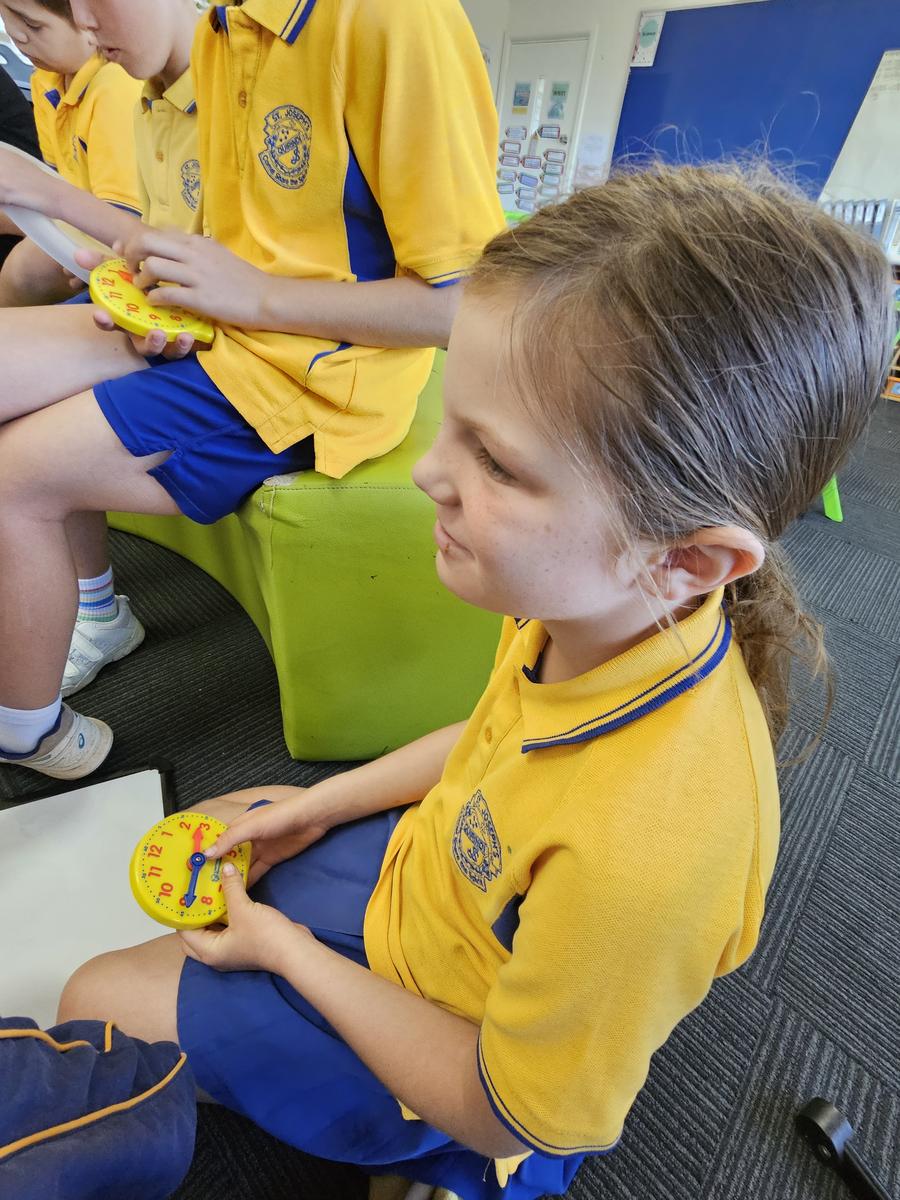
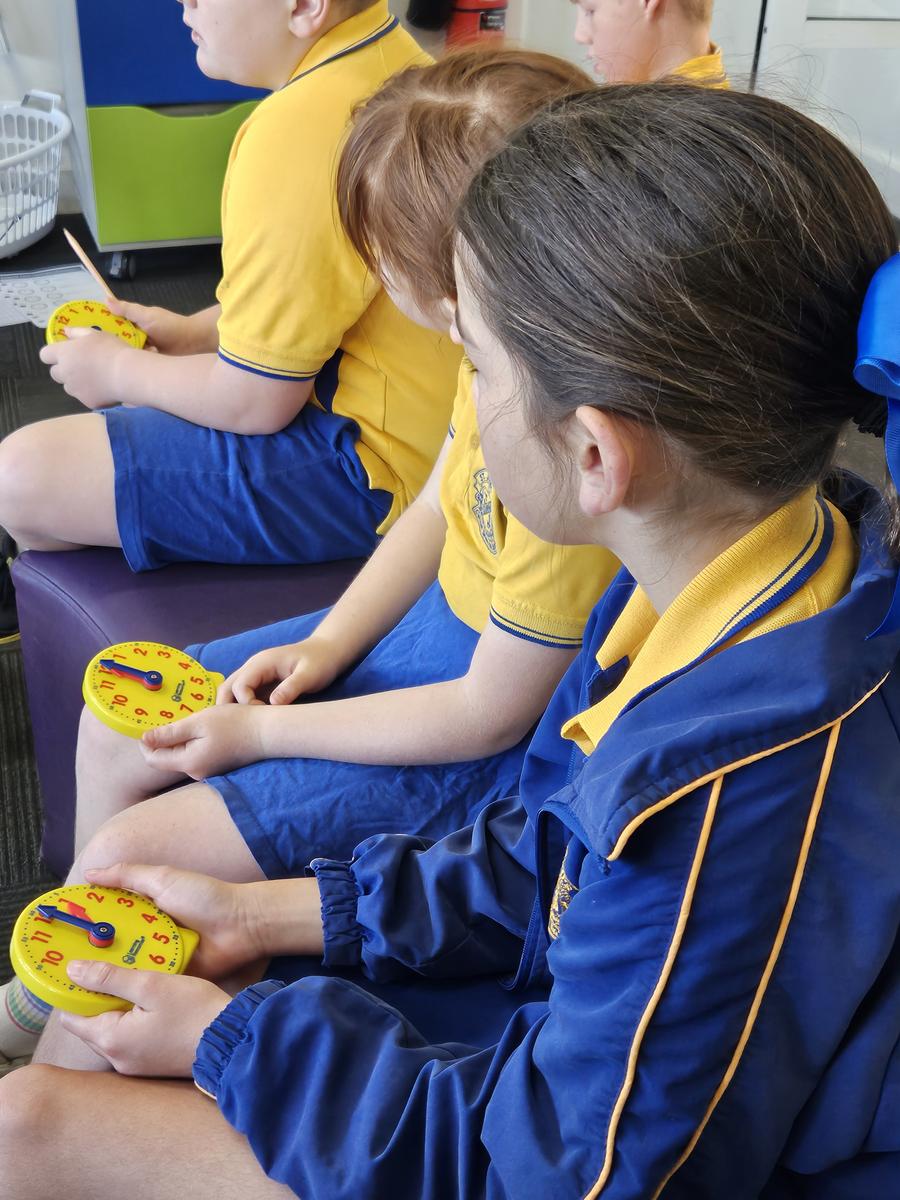
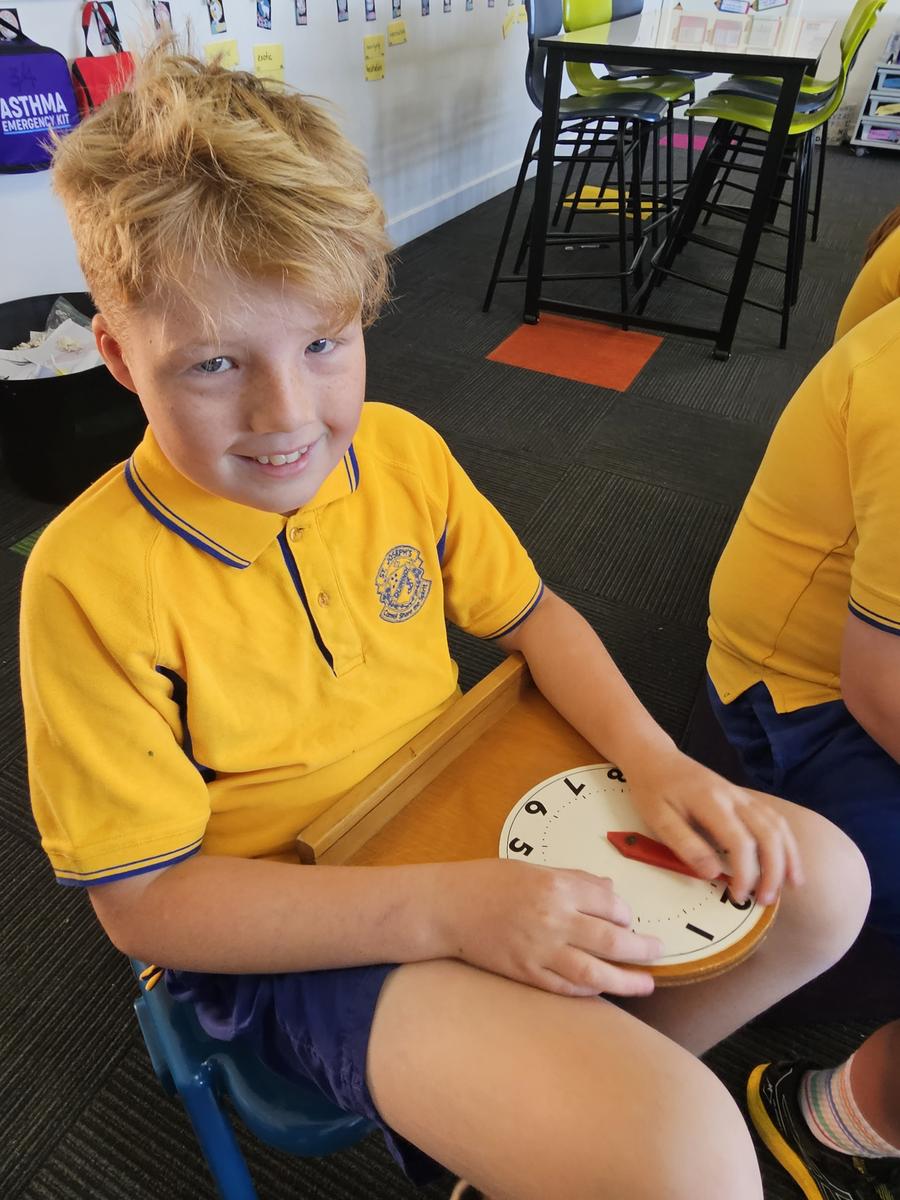
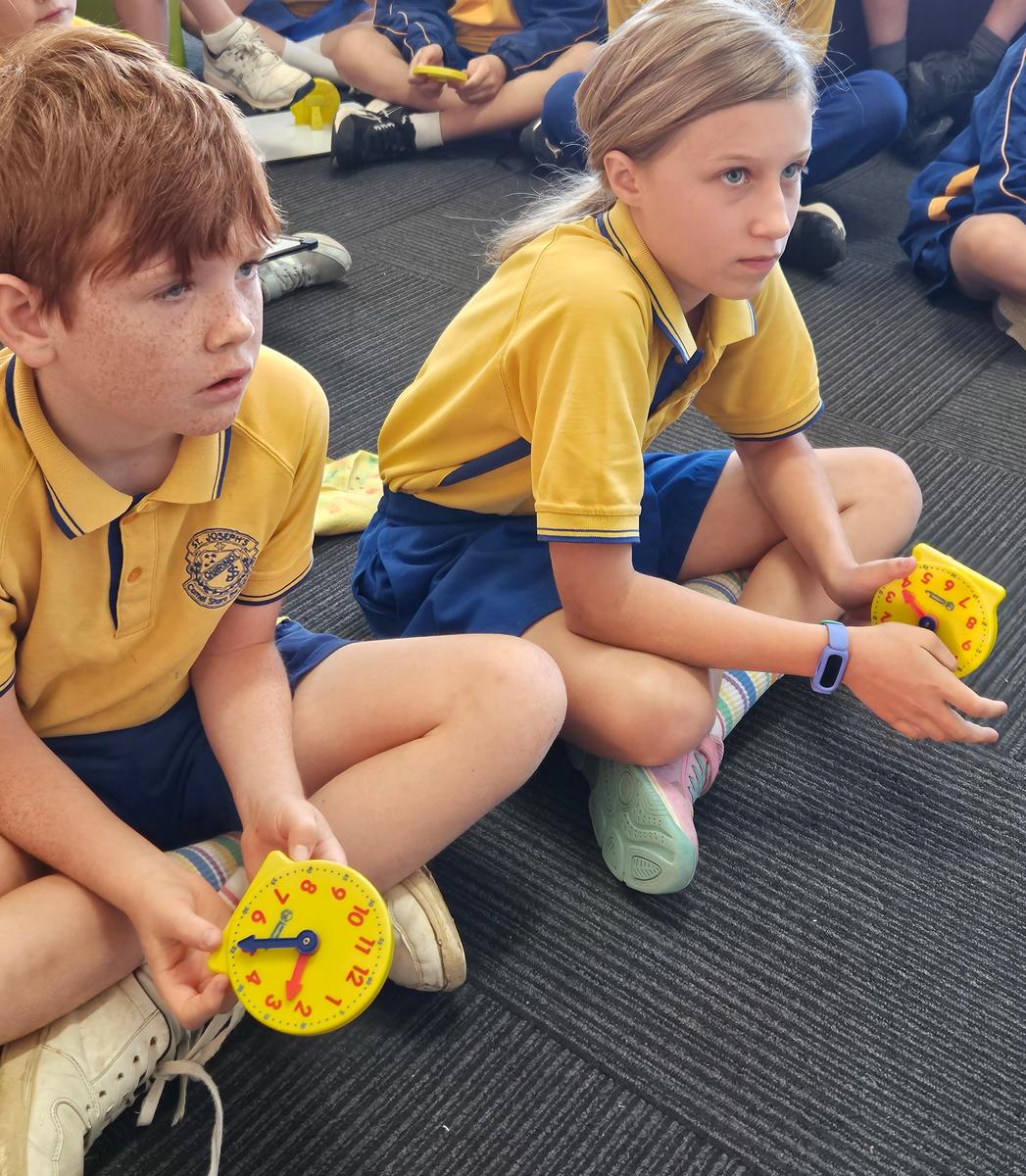






Now the students have the opportunity to practice so as to develop their own proficiency. Teachers support students to work independently and continue asking questions so as to acquire a deep knowledge, understanding and expertise. Below Stage 3 are able to work independently.


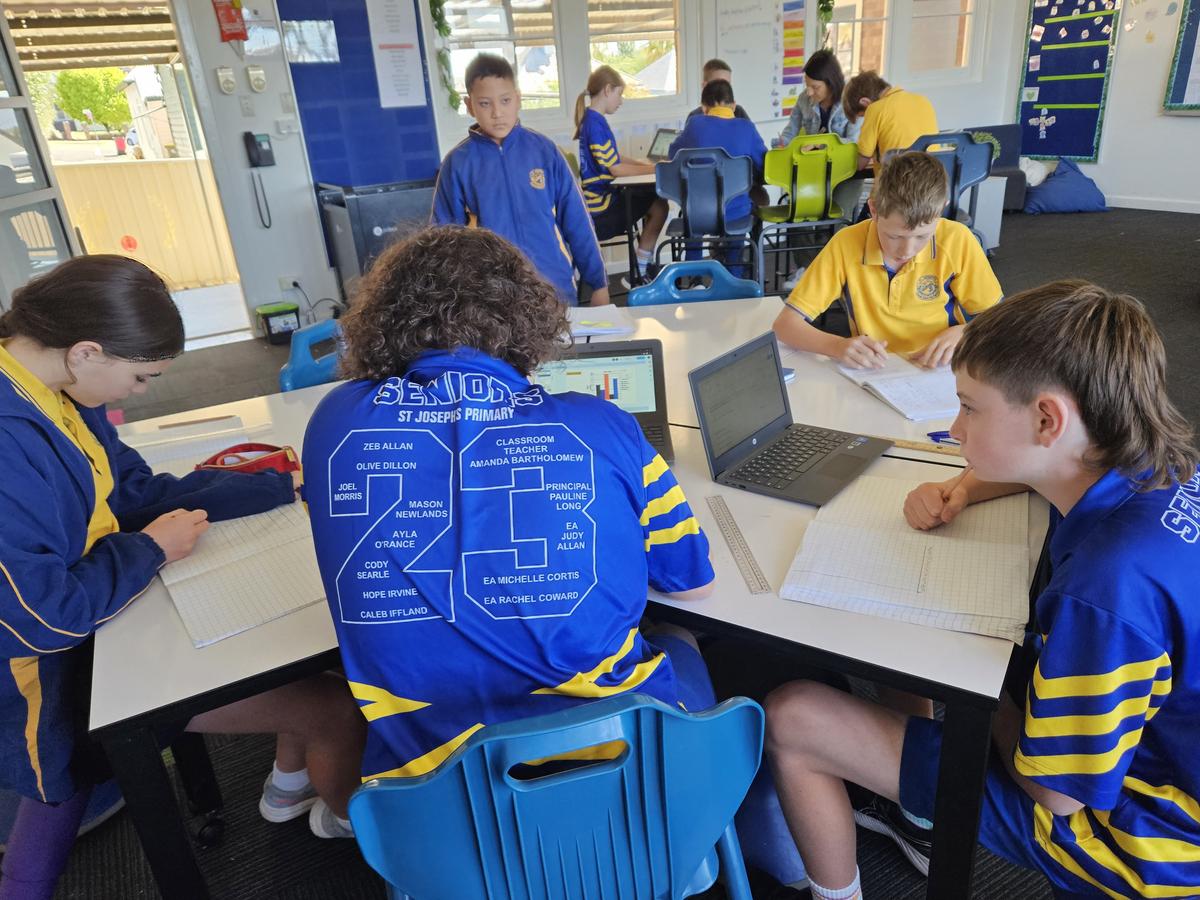



Stage 2 work in differentiated groups and the teacher is then able to support the students if needed.




Stage 1 uses rotations for the week and the teacher is able to differentiate and see where extra help is needed.
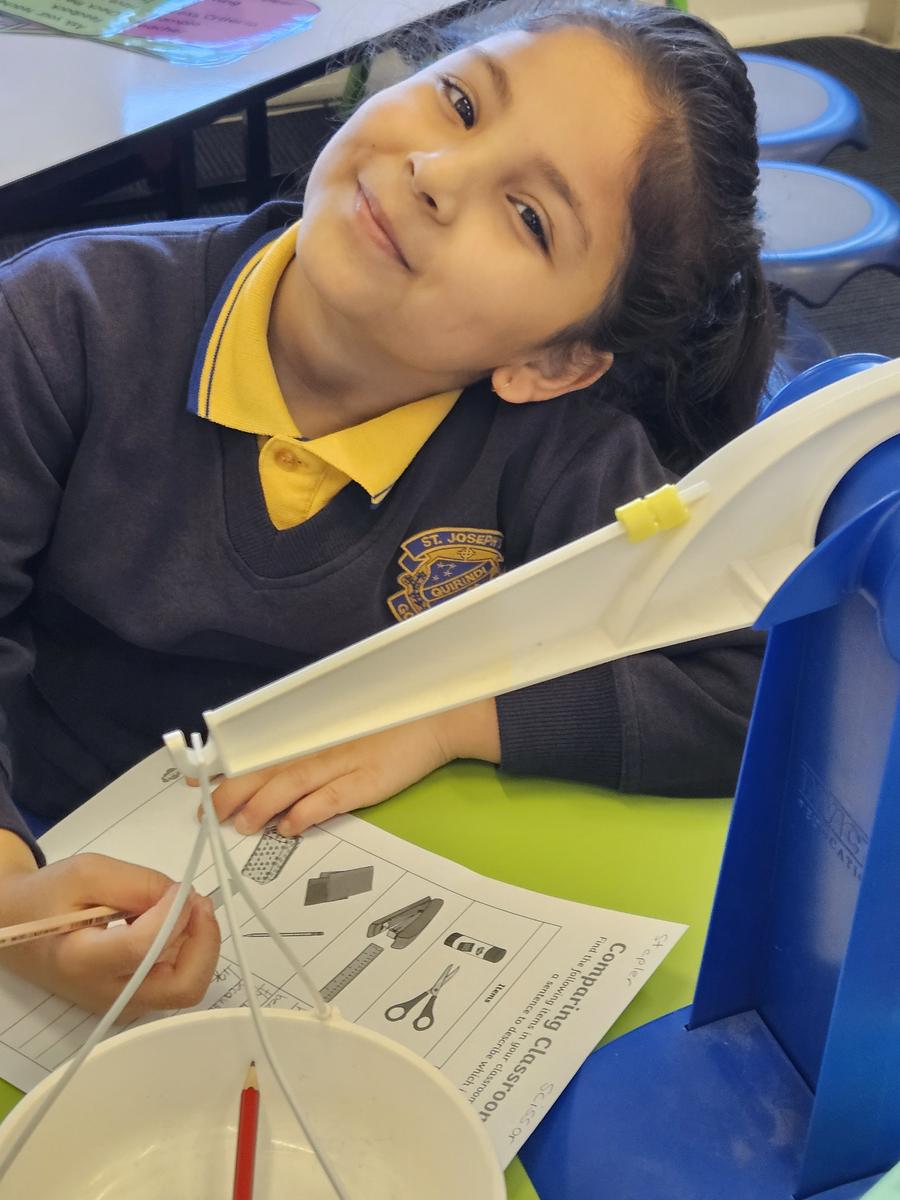

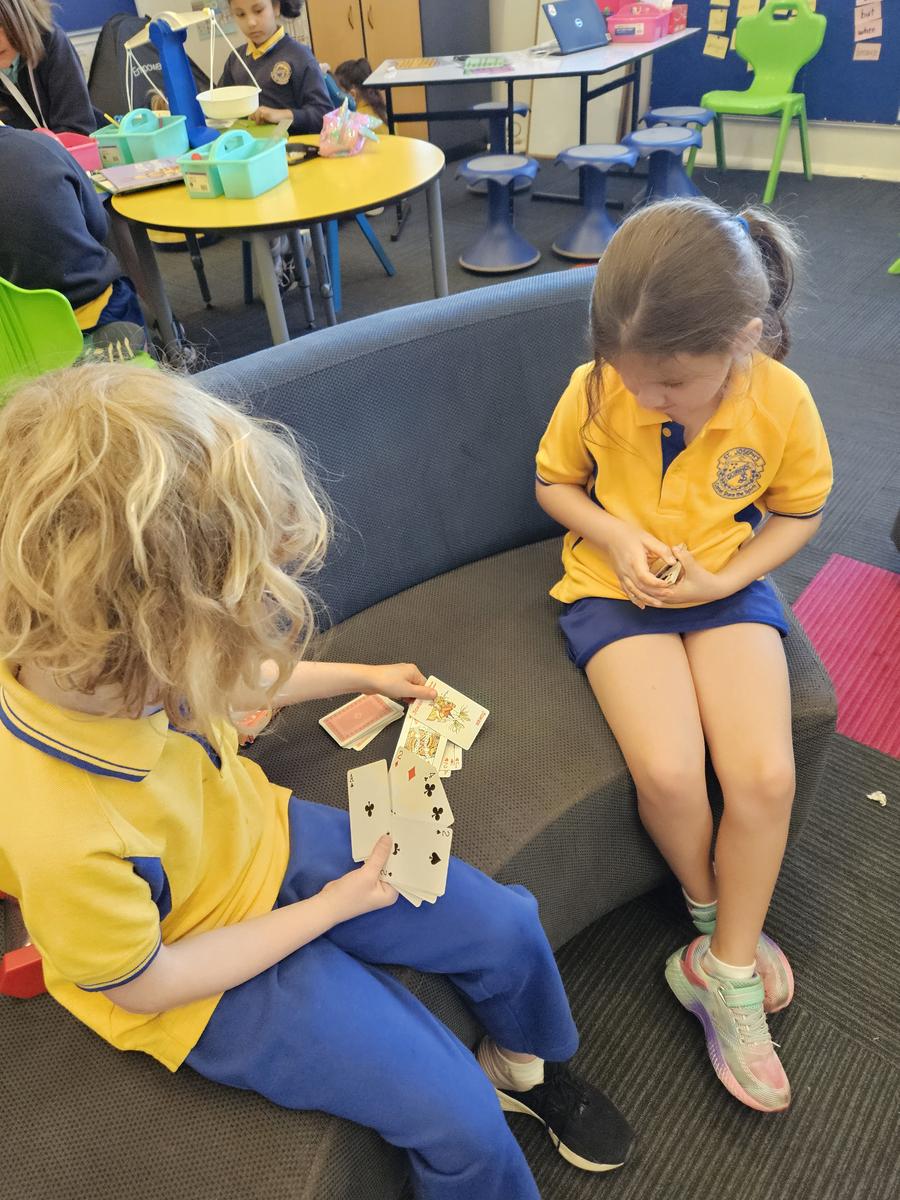
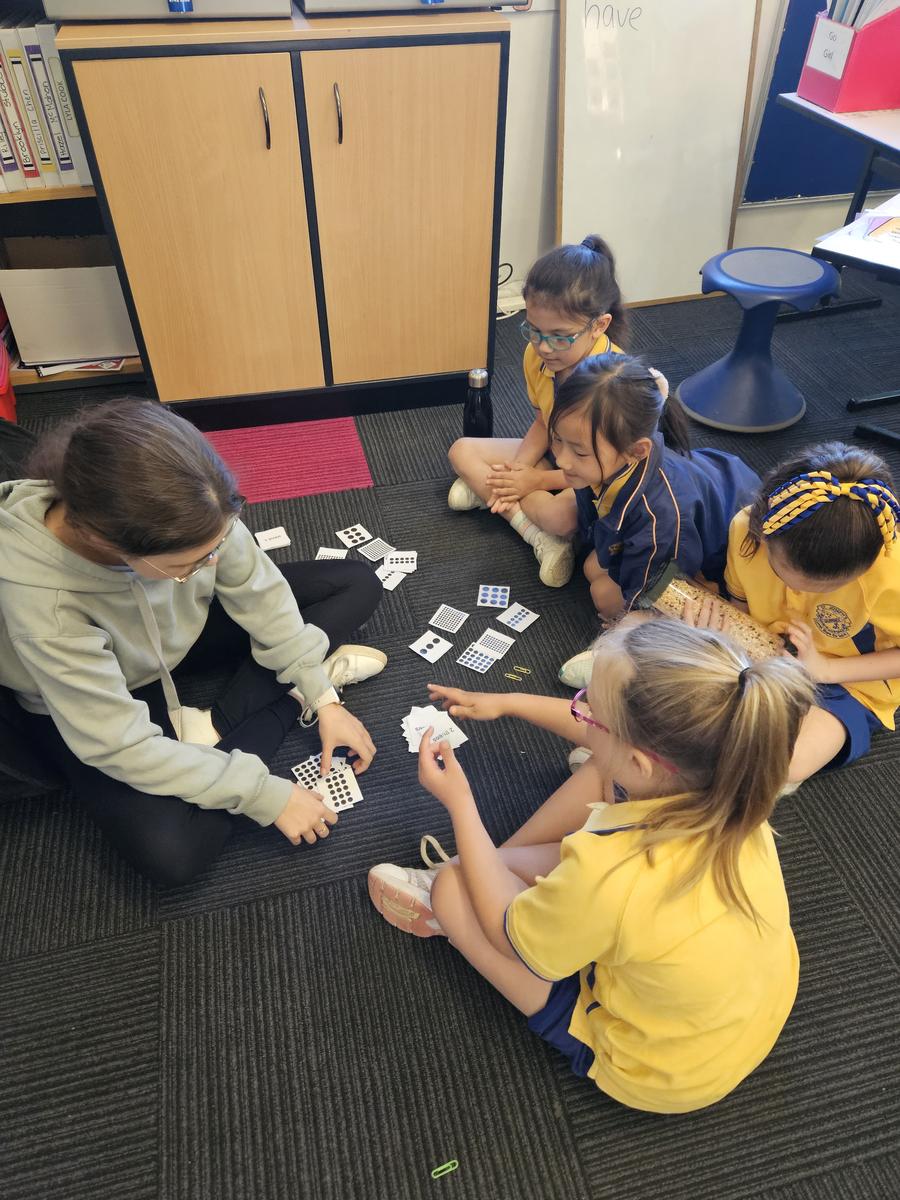




Teachers are able to have small groups of students or offer one-on-one guidance during independent time. They use this time to give extra help to those who are struggling or need extension.
That is a typical Mathematics session at our school.